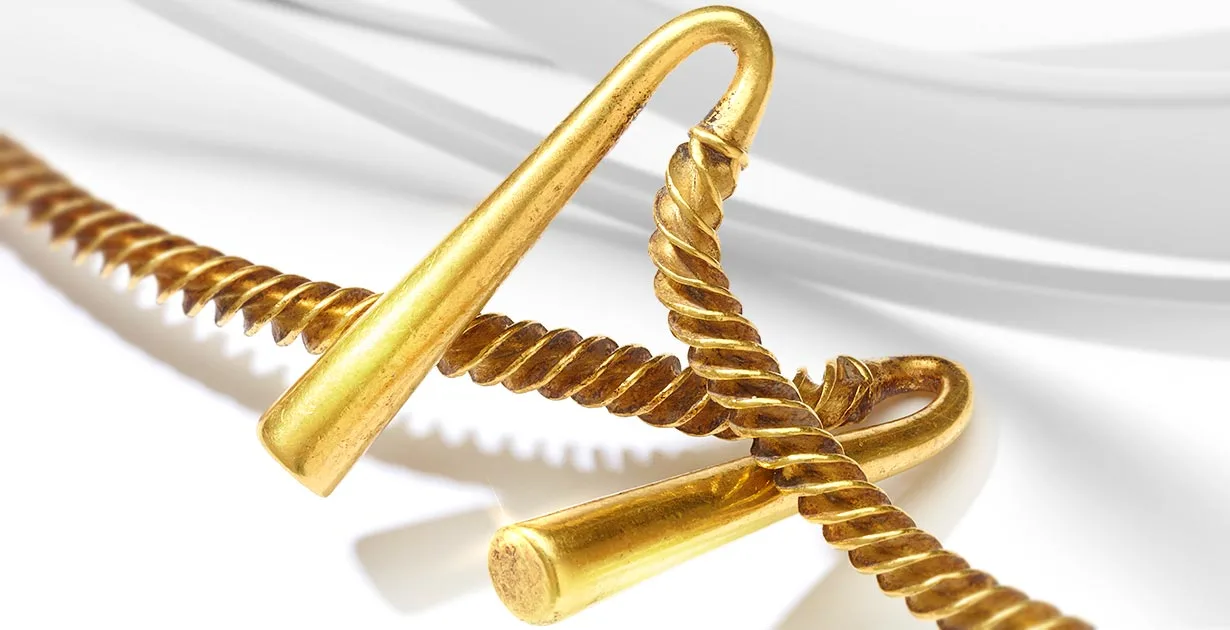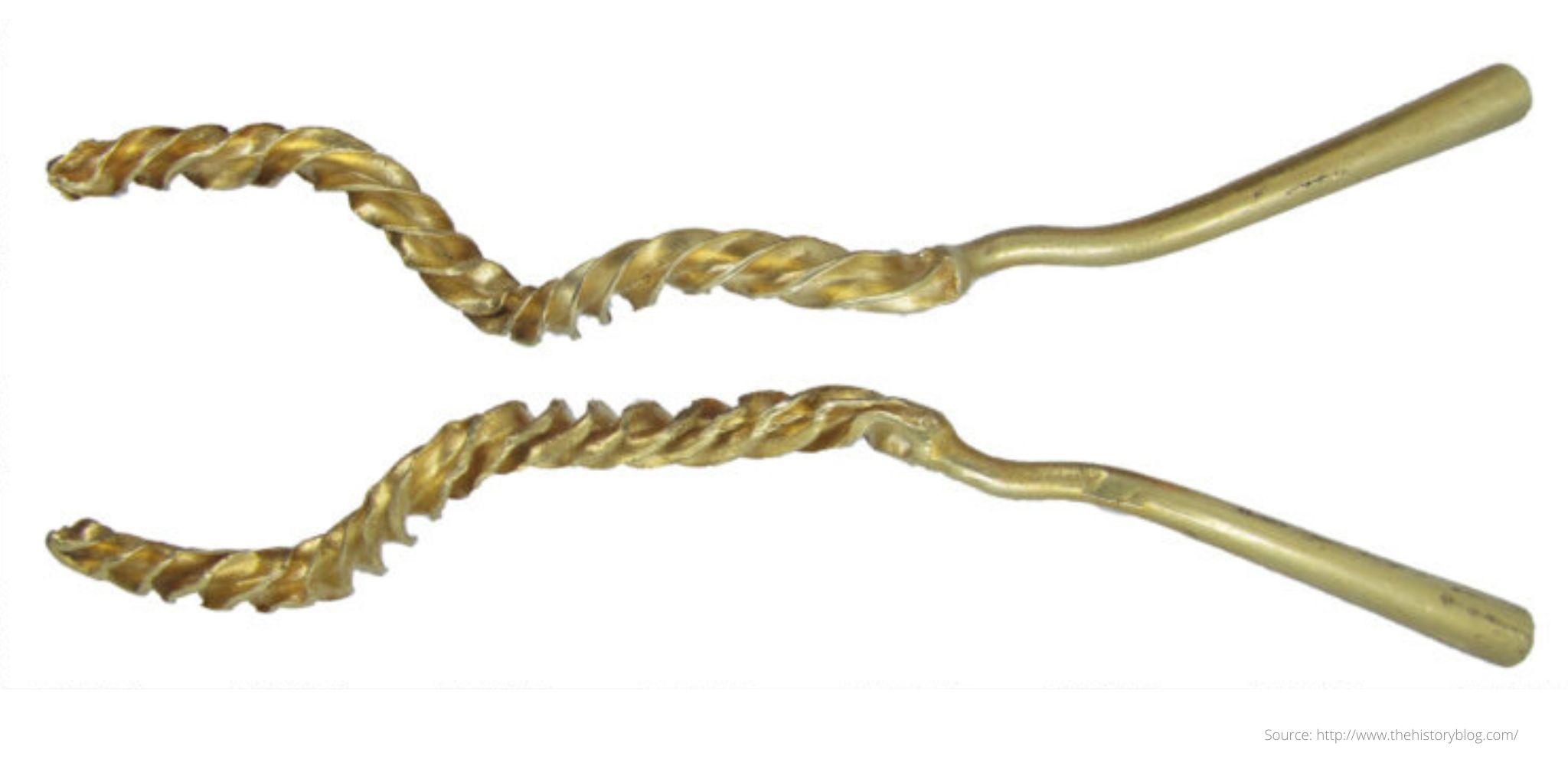
A gold torc of the Bronze Age — the first of its kind in Essex
Average reading time — 2 minutes
The history of gold dates back to ancient times. This noble metal, which people used to find in the form of nuggets and clearly visible inclusions in stones, fascinated with its extraordinary radiance even before our era, in the Bronze Age. Gold has been associated with the sun because of its soft yellow color and luster. All this gave the metal a special value, so it became a symbol of luxury.
A finding with a centuries-old history
Throughout the modern history of mankind, the number of treasure hunters and buried treasures has not decreased. Professional archaeologists and amateur treasure hunters consider the discovery of ancient gold items or coins to be an incredible luck.
More recently, it became known that about three years ago, an English seeker of ancient artifacts from Essex discovered a fragment of a gold torc (torque), representing a type of jewelry that wealthy people wore around their necks, wrists and waists. The age of the finding was determined by experts from the British Museum. According to their conclusion, the artifact was made approximately 1,300 BC, meaning that it is over 3 thousand years old.

The decoration has the following parameters:
-
length — 5.7 inches (147 mm);
-
gold — 75%;
-
silver — 18%;
-
copper — less than 7%.
First of its kind in the county
The precious finding was examined by museum experts and the coroner, who concluded that the discovered fragment was considered a treasure and the first ancient torc found in Essex.
However, such treasures periodically replenish the lists of crown property. For example, a few years earlier, two friends found 3 neck torcs and a bracelet in the fields of Staffordshire using a metal detector. According to the specialist of the British Museum Julia Farley, they belonged to affluent ladies who moved to Britain from the continent after marriage. True, the decorations are only 2,500 years old, i.e. they are “younger” than the Essex treasure.
Torc — more than just a decoration?
Gold is soft, malleable and has a relatively low melting point, which makes it easy to process. Ancient jewelry, made in the form of a thin twisted rope, on the surface of which graceful patterns were applied, allowed the craftsmen to be creative and use their talent to the maximum, thanks to which the wearers later demonstrated their prosperity. But is this the only thing?
Since only a fragment of a torc was found, and not a whole product — and this is hardly an isolated case — scientists believe that the jewelry was cut into separate elements in order to change them piece by piece for expensive goods. It is believed that for the first time in history, gold began to be used as a universal subject of exchange in ancient Egypt just about 3,500 years ago. According to another version, ancient people destroyed expensive items and drowned them in water or buried them in the ground, sacrificing them to deities and spirits.
Beauty that transcends time
When examining the discovered treasure, museum experts were struck by the appearance of the finding: the decoration has not changed much over time. The charm of the noble metal lies in its exceptional resistance to external influences. Gold does not oxidize, it does not rot, it transcends time. Even after lying underground for three millennia, the ancient gold product has not lost any of its beauty and luxury.
Gold can be called the quintessence of beauty. From ancient times to this day, the noble metal symbolizes enduring beauty and perfection, it safeguards the material well-being of the person who owns it, confirming the high social status.
Read also the article:
Man-made masterpiece of the Celts





